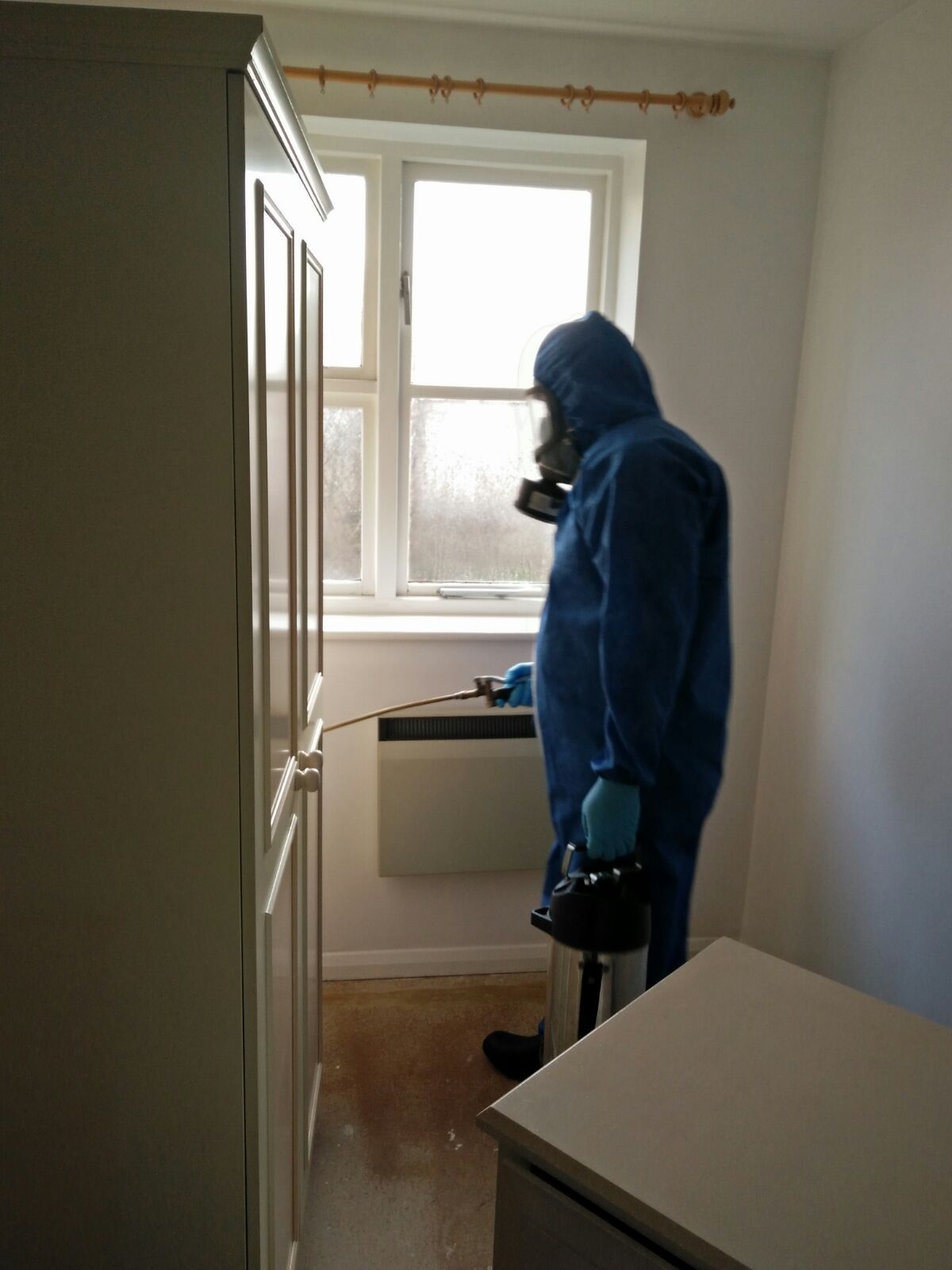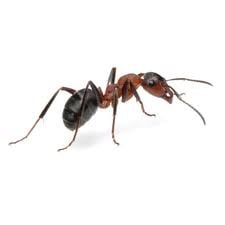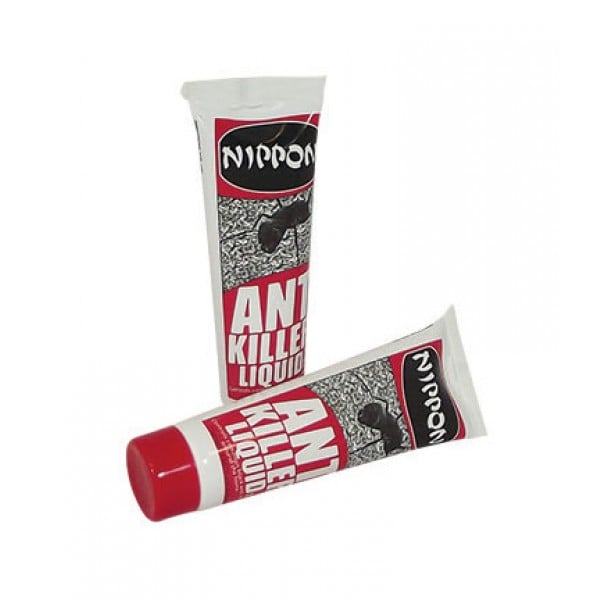Carpenters Ants
Carpenter ants, vary in size and color but are usually large (1/4-1/2 inch) and blackish. Occasionally, swarms of winged carpenter ant reproductives will emerge inside a home. Carpenter ant swarms usually occur in the spring and are a sure sign that a colony is nesting somewhere inside the structure.
Besides being objectionable by their presence, carpenter ants damage wood by hollowing it out for nesting. They excavate galleries in wood which have a smooth, sandpapered appearance. Wood which has been damaged by carpenter ants contains no mud-like material, as is the case with termites. Shredded fragments of wood, similar in appearance to coarse sawdust, are ejected from the galleries through preexisting cracks or slits made by the ants. When such accumulations are found (typically containing dead ants and bits of insects which the carpenter ants have eaten), it's a good indication that a carpenter ant nest is nearby. Oftentimes, however, the excavated sawdust remains hidden behind a wall or in some other concealed area.

The best way to control carpenter ants is to find and destroy the nests. This is often easier said than done. Recent studies have shown that carpenter ants follow distinct scent trails between the satellite colonies and the parent nest. Carpenter ants also rely on scent trails to recruit their nest mates to food. With patience and a little effort, homeowners can use this trailing behavior displayed by carpenter ants to locate and eliminate the nests.




